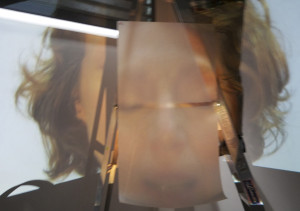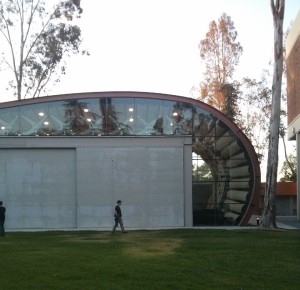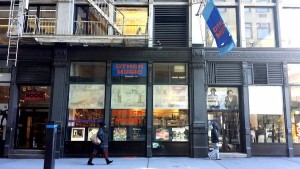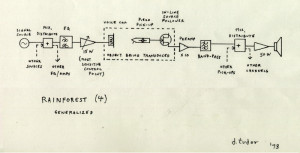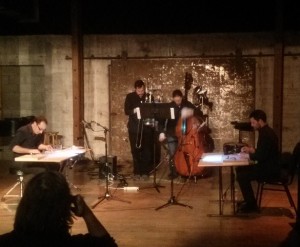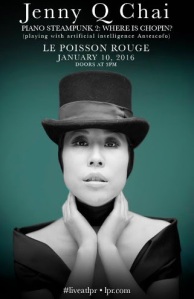
The Pierrot Ensemble, named after Schoenberg’s Pierrot Lunaire and consisting of flute, clarinet, violin, cello, and piano, has, since its inception, been a signature assembly for contemporary music. The preferred version of the ensemble also includes a percussionist: the “Pierrot plus Percussion” grouping is the default core membership for many new music groups. Even after dozens, if not hundreds, of pieces have been written for “P+p” ensembles, there is still plenty of vitality left in the genre. This was abundantly in evidence on the Saturday afternoon concert on July 23 at Tanglewood’s Festival of Contemporary Music, where several of the pieces employed this instrumentation or an augmented variant of it.
Barbara White’s Learning to See takes as its inspiration several works of visual art by Tinguely, Brancusi, Hesse, and Johns. The use of movements inspired by Brancusi’s Bird sculptures, of which he made fifteen, as a refrain in the piece allows for subtle variations on a pool of similar materials. Meanwhile, the other movements explore syncopated rhythms and ricocheting counterpoint. There’s timbral variety too, briefly including a prepared piano. Learning to See takes on a melange of musical material, but fits it together in fascinating ways.
Visual Abstract by Pierre Jalbert is connected to art as well, but in a different way from White’s piece. After its composition, video artist Jean Detheux made a computer-generated series of images to accompany the piece. Its individual movements are based on three different overarching images. “Bells – Forwards and Backwards” gives the ensemble the chance to play with a complex array of pealing sounds replete with overtones. “Dome of Heaven” contains luminous harmonies and lyrical string duos. “Dance” is a contrasting closer. Bongo drums articulate mixed meters while the other instruments engage in an elaborate game of tag.
Donald Crockett’s Whistling in the Dark adds a few instruments to the P+p grouping: an extra percussionist, a viola, and double bass. It has a quirky cheerful refrain, called “boppy music” by the composer, that is contrasted with passages of considerably greater heft. The work is strongly undergirded by its percussion component, which includes unorthodox instruments such as suspended flower pots. The piano’s percussive capabilities are played to maximum advantage as well. Over this, corruscating string and wind lines dart in and out in various combinations. Just when you think that the piece will whirl into a maelstrom, the cheery “boppy” refrain, the piece’s “whistling in the dark” brings it back from the edge.
Arthur Levering employs a variant of the P+p grouping too, with viola and double bass augmenting the complement in place of percussion. One of several “bell pieces” Levering has composed, Cloches II focuses on overlapping the limited pitch oscillations of bells. The repetition of these figures gives the piece a consistent feeling of momentum. Despite the absence of percussion, there are plenty of gonging sounds provided by the instruments: Levering has cited a particularly low cello riff towards the end of the piece as imitative of “Big Ben.”

Two other works on the program employed ensembles that are removed from the P+p context. Elizabeth Ogonek’s Falling Up (love the Shel Silverstein reference), is for a trio of winds — flute/piccolo, English horn, and clarinet — and two string players: violin and cello. In addition to Silverstein, Ogonek has indicated that a quite contrasting poem — Rimbaud’s Enfance — served as a contrasting inspiration for the piece. Thus we see two disparate types of music, one embodying Silverstein’s whimsy — complex rhythms, trills, altissimo register playing, and angularity — and Rimbaud’s sensuousness — slow-moving, sostenuto passages with frequent punctuations from different subsets of the ensemble — that provide rich contrasts and imaginative textures. Erin Gee’s Mouthpiece 29, commissioned by the Tanglewood Music Center, featured the composer as vocalist alongside three string players: violin, viola, and double bass. Gee is adept at incorporating all manner of mouth sounds and extended techniques into her music. Thus, microtones, pizzicatos, and glissandos from the strings were well matched against Gee’s own sliding tones, lip pops and trills, and phonetic (rather than texted) vocal lines. Mouthpiece 29 was the most “out there” piece on this year’s FCM, but it was greated by the audience with an enthusiasm that suggests that Tanglewood might be ready for more post-millennial avant classical offerings in the future.
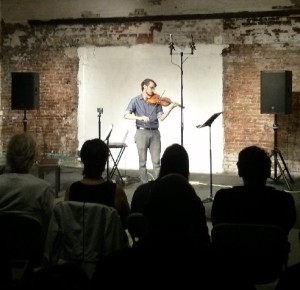
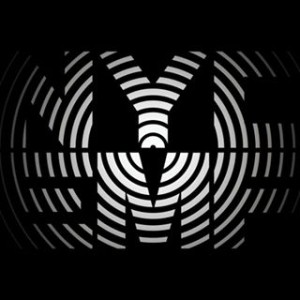 Most New Yorkers are walking about, minding their own business, completely oblivious to the international sonic earthquake vibrating through their midst all week: The New York City Electroacoustic Music Festival (NYCEMF). The first wave of the festival (seven concerts) took place as part of the New York Philharmonic’s Biennial at National Sawdust in Brooklyn last week. Yet the lion’s share of the festival is happening right now: 28 more concerts during June 13-19, at Abrons Arts Center on Grand St., for a total of 35 concerts. Yes you read that correctly: 35 concerts of electroacoustic music, including some 350 works, by almost as many composers from all around the world! Indeed a mammoth undertaking organized, produced, and presented miraculously by Hubert Howe, Travis Garrison, David Reeder, Howie Kenty, and a highly dedicated energetic staff.
Most New Yorkers are walking about, minding their own business, completely oblivious to the international sonic earthquake vibrating through their midst all week: The New York City Electroacoustic Music Festival (NYCEMF). The first wave of the festival (seven concerts) took place as part of the New York Philharmonic’s Biennial at National Sawdust in Brooklyn last week. Yet the lion’s share of the festival is happening right now: 28 more concerts during June 13-19, at Abrons Arts Center on Grand St., for a total of 35 concerts. Yes you read that correctly: 35 concerts of electroacoustic music, including some 350 works, by almost as many composers from all around the world! Indeed a mammoth undertaking organized, produced, and presented miraculously by Hubert Howe, Travis Garrison, David Reeder, Howie Kenty, and a highly dedicated energetic staff.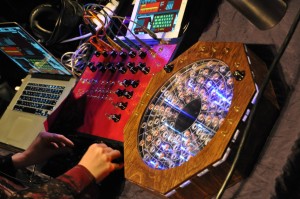

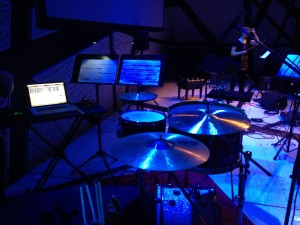 Zhaoyu Zhang’s Night Snow brought my ears close up and inside mysterious objects and intriguingly close to strange materials in action—as though my ears were intimately touching the source of the sounds, quiet sounds of brushing, crushing, caressing, burning, scraping, and feathering. Deeper sounds were felt more than heard, creating an altogether visceral experience, evoking what the ancient Chinese poet Juyi Bai’s calls the four senses: tactile (cold), visual (bright), feeling (to know), and auditory (to hear)
Zhaoyu Zhang’s Night Snow brought my ears close up and inside mysterious objects and intriguingly close to strange materials in action—as though my ears were intimately touching the source of the sounds, quiet sounds of brushing, crushing, caressing, burning, scraping, and feathering. Deeper sounds were felt more than heard, creating an altogether visceral experience, evoking what the ancient Chinese poet Juyi Bai’s calls the four senses: tactile (cold), visual (bright), feeling (to know), and auditory (to hear)
